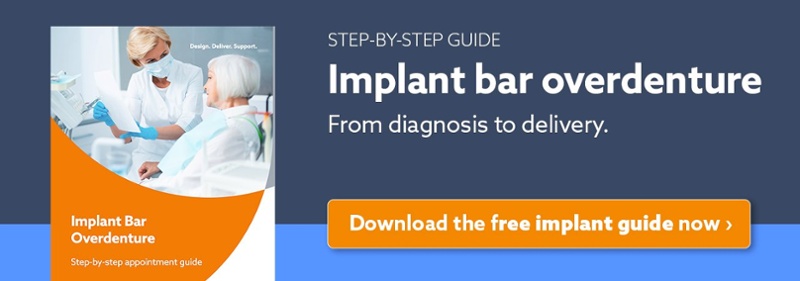Orthodontic anchorage is a fairly new dental innovation that is used to resist the force applied to patients’ teeth. Successful orthodontic anchorage treatments rely on the adequate control of the anchorage. The main challenge in using the natural dentition for anchorage of minor tooth movements, whether with traditional fixed orthodontic appliances or clear aligners, is the management of reciprocal forces. These forces can result in unintended movement of adjacent teeth, apical root resorption, and disruption of occlusal harmony, including supraeruption and canting. Ideas and concepts are constantly evolving in the area of orthodontic anchorage. It is important to stay up-to-date on the latest innovations and trends. In the study reviewed below, researchers discussed and analyzed the effectiveness of orthodontic miniscrew implants in anchorage reinforcement during en-masse retraction.
Method and Explanation of the Case Study
The objective of the systematic review by Antoszewska-Smith and colleagues was to compare the effectiveness of orthodontic mini-implants (OMIs) as anchorage devices with conventional orthodontic anchorage methods in patients in need of space closure of extracted maxillary first premolars without losing molar anchorage. The difference in anchorage loss between these techniques was the primary outcome measure. For this case study, the authors assessed the quality of the systematic review. They used the AMSTAR and ROBIS tools to score the methodological validity and the risk of bias in the systematic review.
Two reviewers of this commentary independently selected studies. Randomized controlled trials (RCTs) and controlled clinical trials (CCTs) of orthodontic patients requiring extraction of the maxillary first premolars and closure of the spaces without anchorage loss were considered as subjects. Data extraction and risk of bias assessment were carried out independently by the two reviewers. Meta-analysis and sensitivity analysis were conducted as well.
Results
In this case study, fourteen studies were analyzed, including seven RCTS and seven CCTs. In total 303 patients received TISADs with 313 control patients. Overall, the quality of the studies was considered to be moderate. In general, the TISAD group had significantly less anchorage loss than the control group. On average, TISADs enabled 1.86mm more anchorage preservation than did conventional methods.
Conclusion
The results of the meta-analysis showed that TISADs are more effective than conventional methods of anchorage reinforcement. The average difference of 2mm seems not only statistically but also clinically significant. However, the results should be interpreted with caution because of the moderate quality of the included studies. More high-quality studies on this issue are necessary to enable drawing more reliable conclusions. The implications for using mini-implants for orthodontic anchorage is exciting!
DDS Lab is a full-service orthodontic laboratory skilled in the fabrication of orthodontic appliances, retainers and splints. When you have a complex case, our staff of experienced CDTs is available to assist with case consultation and custom appliance fabrication. Our quality craftsmanship and commitment to service have made DDS Lab the growing choice for orthodontists and dentists nationwide.
Please be reminded that should you wish to discuss a specific orthodontic anchorage or dental implant procedure in more detail, our experienced technical team is here to assist you.
Click here to schedule a consultation with our technical team »

References:
https://www.nature.com/articles/6401257